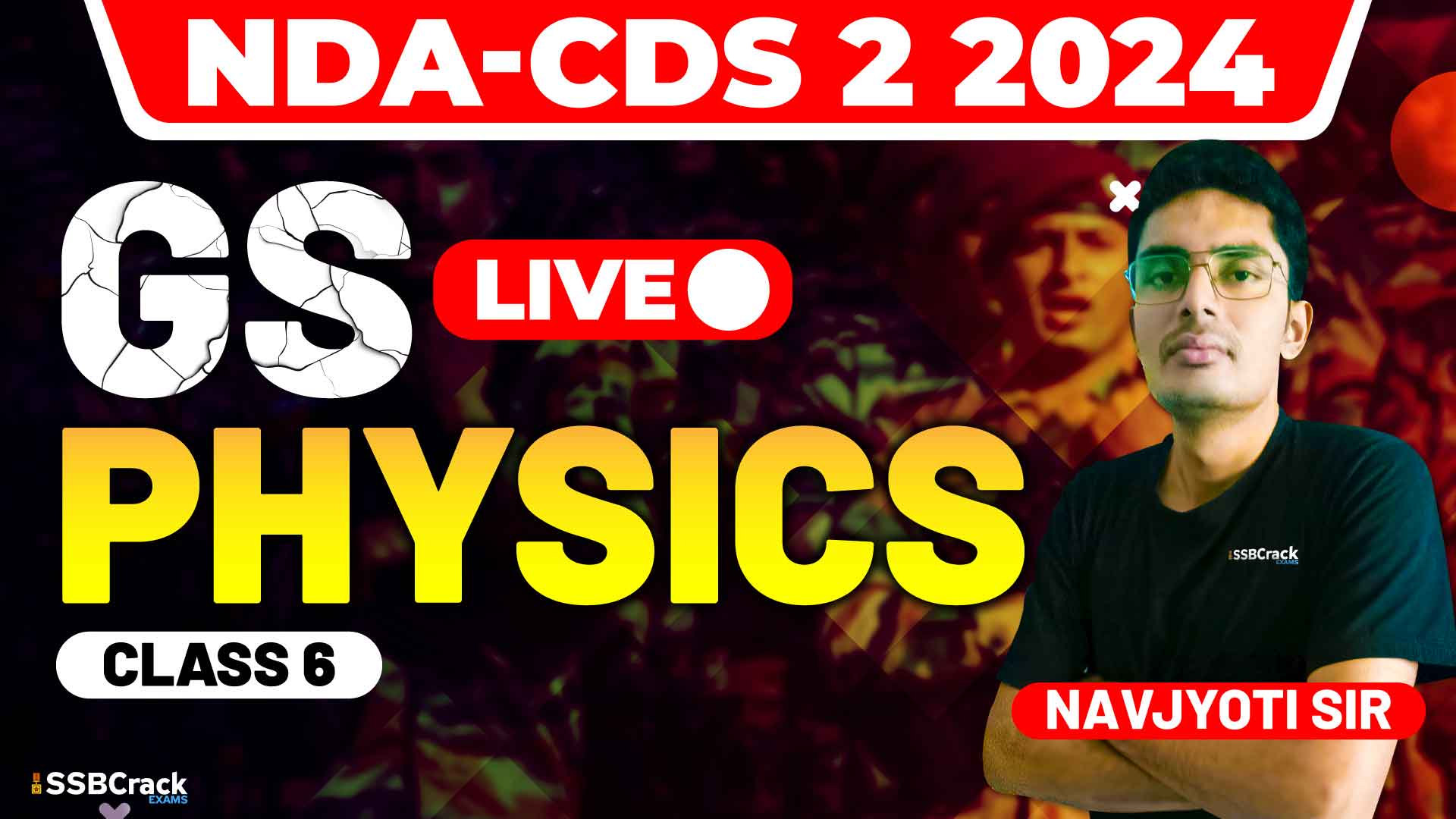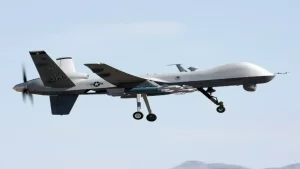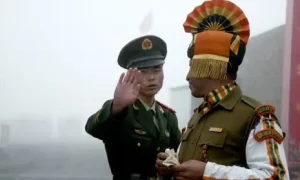Motion is a fundamental concept in physics, describing the change in position of an object over time. For students preparing for competitive exams like the NDA (National Defence Academy) and CDS (Combined Defence Services), a solid grasp of motion and its associated concepts is crucial. This article delves into the essential aspects of motion, including scalars and vectors, motion terms, motion graphs, equations for uniformly accelerated motion, projectile motion, and uniform circular motion. We aim to present these topics clearly and concisely, making them easy to understand for effective exam preparation.
Scalars and Vectors
In physics, quantities are categorized into scalars and vectors based on whether they have direction.
- Scalars: These are quantities that have only magnitude (size) and no direction. Examples include distance, speed, mass, and time.
- Vectors: These are quantities that have both magnitude and direction. Examples include displacement, velocity, acceleration, and force.
Understanding the difference between scalars and vectors is crucial, as it affects how these quantities are calculated and interpreted in physical problems.
Motion and Terms Associated
Motion describes the change in an object’s position over time. To analyze motion, several key terms are used:
- Distance: The total path length traveled by an object, regardless of direction (scalar quantity).
- Displacement: The straight-line distance between an object’s initial and final positions, considering direction (vector quantity).
- Speed: The rate at which an object covers distance (scalar quantity).
- Velocity: The rate at which an object changes its position, including direction (vector quantity).
- Acceleration: The rate at which an object’s velocity changes over time (vector quantity).
Graphs Showing Motion
Graphs are a powerful tool for visualizing motion. The three primary types of motion graphs are:
- Displacement-Time (s-t) Graphs: Show how an object’s displacement changes over time. The slope of the graph represents the object’s velocity.
- Velocity-Time (v-t) Graphs: Illustrate how an object’s velocity changes over time. The slope of the graph indicates the object’s acceleration, while the area under the graph represents displacement.
- Acceleration-Time (a-t) Graphs: Depict how an object’s acceleration changes over time. The area under the graph represents the change in velocity.
Equations for Uniformly Accelerated Motion
Uniformly accelerated motion refers to motion with constant acceleration. The following terms are crucial for understanding such motion:
- Initial Velocity (u): The velocity of an object at the start of the time interval.
- Final Velocity (v): The velocity of an object at the end of the time interval.
- Acceleration (a): The constant rate of change of velocity.
- Time (t): The duration over which the motion occurs.
- Displacement (s): The change in position during the motion.
These terms help describe how objects move under constant acceleration, simplifying the analysis of various motion scenarios.
Projectile Motion and Formulas
Projectile motion occurs when an object is thrown into the air and moves under the influence of gravity. Key aspects of projectile motion include:
- Initial Velocity: The velocity at which the object is launched.
- Angle of Projection: The angle at which the object is launched with respect to the horizontal.
- Range: The horizontal distance traveled by the projectile.
- Maximum Height: The highest point reached by the projectile.
- Time of Flight: The total time the projectile remains in the air.
Understanding these aspects helps analyze the trajectory and behavior of projectiles, crucial for solving related problems in physics.
Uniform Circular Motion and Terms Associated
Uniform circular motion describes the movement of an object in a circular path with constant speed. Key terms related to uniform circular motion include:
- Angular Velocity (ω): The rate at which an object rotates around the circle.
- Centripetal Acceleration: The acceleration directed towards the center of the circle, keeping the object in circular motion.
- Centripetal Force: The force acting towards the center of the circle, necessary for maintaining circular motion.
Understanding these terms helps analyze the dynamics of objects moving in circular paths, from car tires on a road to planets orbiting the sun.
Practical Applications and Exam Tips
- Master the Basics: Ensure a solid understanding of fundamental concepts such as scalars, vectors, and the different types of motion.
- Practice Graph Interpretation: Familiarize yourself with motion graphs and their interpretations to visualize and solve motion-related problems effectively.
- Relate to Real-World Examples: Connecting theoretical concepts to everyday experiences, such as a car’s motion or a ball being thrown, helps solidify your understanding.
- Use Diagrams: Drawing diagrams of motion scenarios, projectile trajectories, and circular paths can aid in visualizing and comprehending the concepts.
- Solve Problems: Regular practice with a variety of problems will enhance your problem-solving skills and exam readiness.
Conclusion
A comprehensive understanding of motion and its associated concepts is essential for mastering physics and excelling in NDA and CDS exams. By exploring scalars and vectors, motion terms, motion graphs, equations for uniformly accelerated motion, projectile motion, and uniform circular motion, you can build a strong foundation in this area.
Regular practice, the use of diagrams, and connecting theoretical concepts to real-world examples will enhance your comprehension and retention of these topics. With a solid grasp of motion, you will be well-prepared to tackle related questions and excel in your physics exams.



















